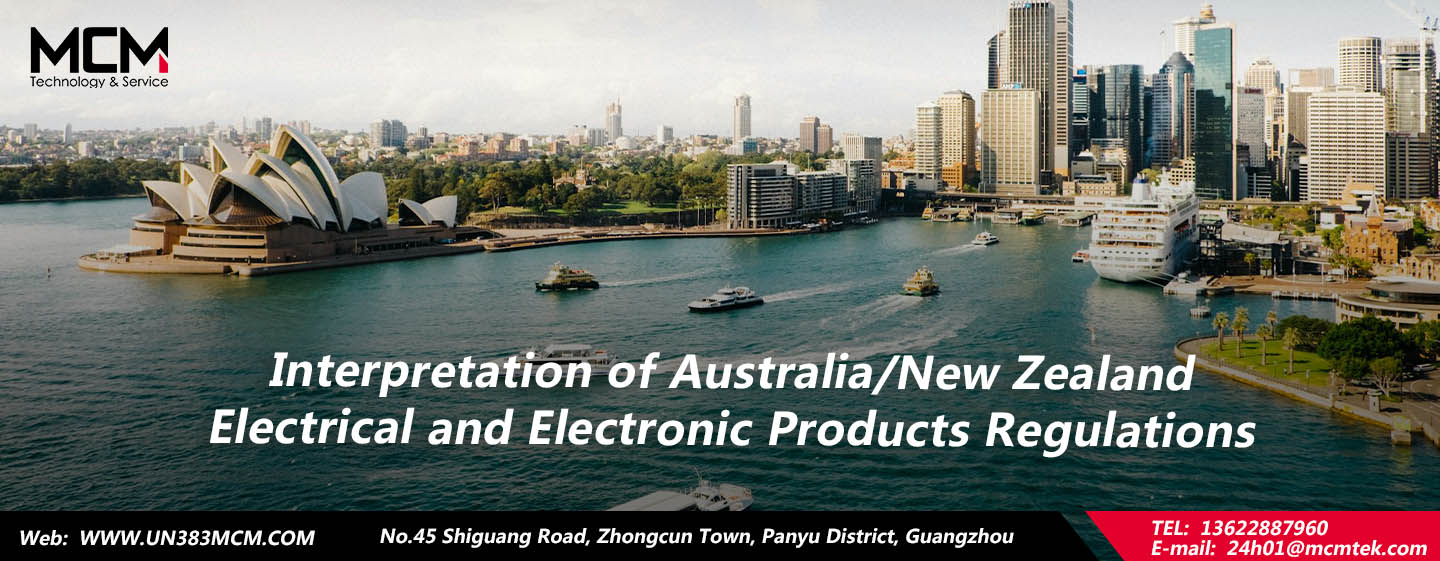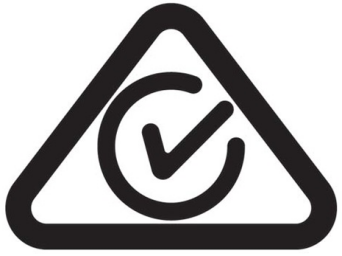Background
Australia has control requirements for the safety, energy efficiency, and electromagnetic compatibility of electronic and electrical products, which are mainly controlled through four types of regulatory systems, namely ACMA, EESS, GEMS, and CEC listing. Each of the control systems has set up electrical licensing and equipment approval processes.
Due to the mutual recognition agreement between the Australian Federation, Australian states and New Zealand, the above control systems for electronic and electrical products are applicable to Australia and New Zealand. MCM will focus on explaining the certification process of ACMA, EESS, and CEC listings.
ACMA certification (focusing on electromagnetic compatibility (EMC) of electrical products)
It is mainly in charged by the Australian Communications and Media Authority. This certification is mainly obtained through the manufacturer’s self-declaration of whether the product meets the requirements of the standard. The products controlled by this certification mainly cover the following four announcements:
1、Telecommunications Logo Announcement
2、Radio communication equipment marking announcement
3、Electromagnetic energy /electromagnetic radiation label announcement
4、Electromagnetic compatibility announcement
ACMA certification divides three compliance levels according to products and proposes corresponding certification requirements.
Applicable standards for consumer battery:
According to the compliance level classified by ACMA, cell is not applicable. But battery can be certified according to level 1 and be tested by using EN 55032 standard. Based on safety considerations, in addition to the EMC report, it is recommended to provide the additional battery IEC 62133-2 report and certificate to issue a local DoC.
EESS certification (safety)
EESS (Electrical Equipment Safety Scheme) is managed by the Electrical Regulatory Authorities Council (ERAC), the peak body for the regulation of electrical products in Australia and New Zealand. EESS certification is designed to ensure the electrical safety of electrical equipment manufactured or imported into Australia. All importers and domestic manufacturers of related electrical products (in-scope electrical equipment) are required to register in the database as “Responsible Suppliers”. Registration content includes information about enterprises and related electrical products imported, produced or sold. Products controlled by EESS certification include electrical products with an AC rated voltage of 50V-1000V or a DC rated voltage of 120V-1500V, designed or promoted for household, personal or similar purposes. These products are divided into three risk levels based on potential safety risks according to AS/NZS 4417.2: L3, L2 and L1, namely high-risk products, medium-risk products and low-risk products.
- L1:Products that are neither included in L2 nor L3, such as video and image display equipment, secondary batteries with voltages in the range of 120V~1500V, etc.
- L2:Medium risk electrical equipment as defined in AS/NZS 4417.2, such as power line communication devices, projectors, television receivers, etc.
- L3: High risk electrical equipment as defined by AS/NZS 4417.2, such as chargers, plugs, sockets, electrical connectors, portable tools, vacuum cleaners, etc.
Label requirements:
Products that comply to electric safety and EMC can use RCM logo:
- The suggested height of RCM logo should be no less than 3mm, any single color, Long-lasting and durable;
- Could be on the product or on the label or in the manual;
- Logo mark is as below:
CEC Listing (Home Storage Products)
CEC (Clean Energy Council) is the highest body in Australia’s clean energy industry. Products that are required to be included in the CEC control catalog can only be allowed to be installed in terminal energy storage projects by the power system regulatory agency and apply for relevant government subsidies if only they are listed on the CEC approval list.
Products included in the CEC listing include: inverters, power conversion equipment (PCE), photovoltaic modules, and battery energy storage equipment (with or without PCE).
The applicable conditions for products listed in CEC are:
1、Equipment intended for (or installed in) domestic, residential, or similar use;
2、Lithium battery;
3、The energy measured by the energy storage device discharged at 0.1C should be 1kWh~200kWh;
4、For battery modules, the upper limit of output voltage is 1500Vd.c (No parts should be accessible by the user or live parts by the installer);
5、For pre-assembled battery system (BS), the upper limit of output voltage is 1500Vd.c;
6、For pre-assembled integrated battery energy storage systems (BESS), the upper limit of the output voltage is 1000Va.c (No internal DC voltage limit, on-site assembly, installation, maintenance and repair of inaccessible internal DC voltage);
7、The device is permanently connected to electrical equipment.
Conclusion
All electronic and electrical products sold in the Australian and New Zealand markets, except those that are out of the scope, must comply with the certification requirements for ACMA, EESS and CEC listings. Otherwise, if found to be non-compliant, the products may face the risk of being recalled and facing relevant legal liabilities.
MCM can provide you with a comprehensive interpretation of Australian and New Zealand regulations and one-stop services: EESS and ACMA testing, certification, and system registration. MCM cooperates with many local certification agencies, such as SAA (a recommended laboratory recognized by ASS) and Global Mark. If you have products that need to be exported to Australia and New Zealand, please contact MCM.
Post time: Mar-20-2024



